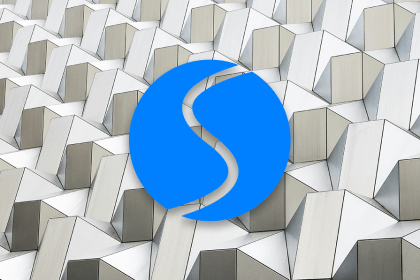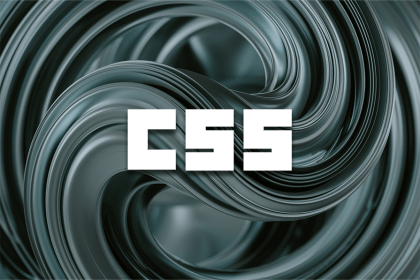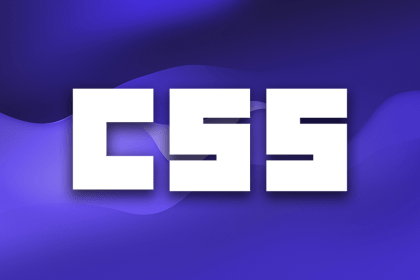
Learn how to make your CSS header texts cool and cross-browser compatible with this detailed, interactive tutorial with images.

Let’s create some cool, creative CSS text styles inspired by the unique approach to animation in the Spider-Verse films.

Learn how to create modern, responsive sliders using HTML, CSS, and Swiper for an enhanced web design experience.

Learn how to style HTML forms with CSS in this guide to enhance user experience and form functionality.

Use CSS to animate SVGs and add text effects and animations to your website and improve interactivity.

We explore CSS Houdini, a set of APIs that can extend CSS styling and even create new features that aren’t part of the standard CSS toolkit.

Native CSS nesting now has support in the most recent versions of many browsers. Explore native CSS nesting, its advantages, and much more.

CSS scrollTimeline introduces a new way to add scroll-linked animations to your webpage. Use and compare it to the Web Animations API here.

Use Tailwind CSS to create beautiful background, text, border, and underline gradients, as well as animate gradients.

Use Tailwind components and templates from these 11 popular collections to rapidly build customizable UI designs.

Use the CSS contain property to optimize the placement of elements on a webpage and improve UX.

Use CSS Subgrid to design advanced and responsive grid layouts that are consistently aligned and independent of each other.